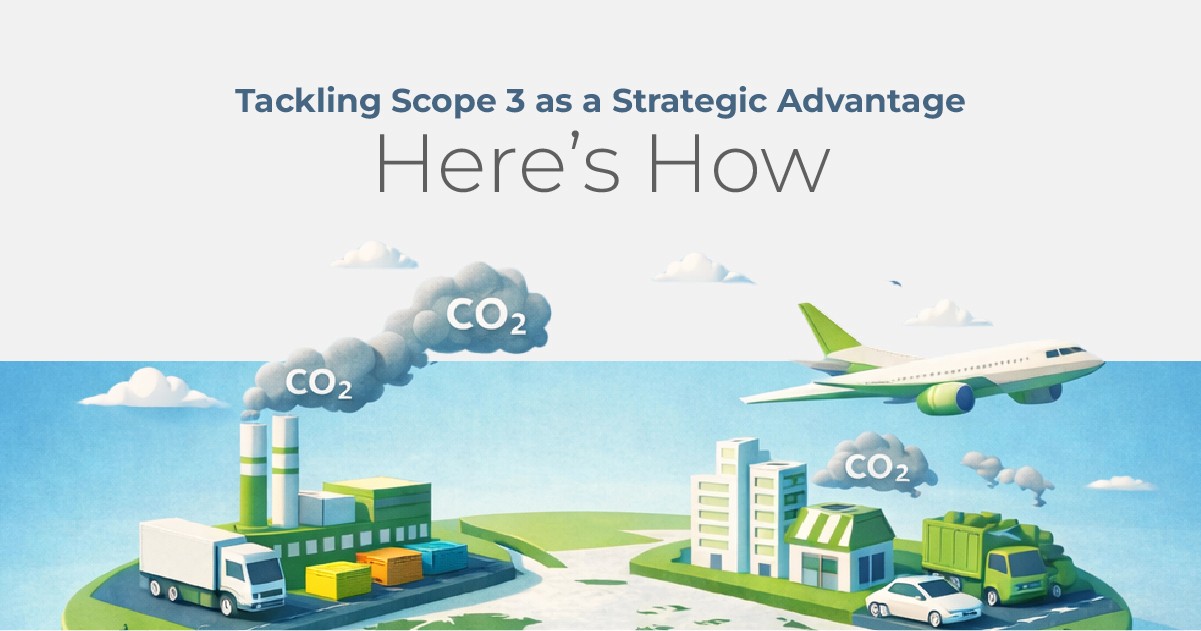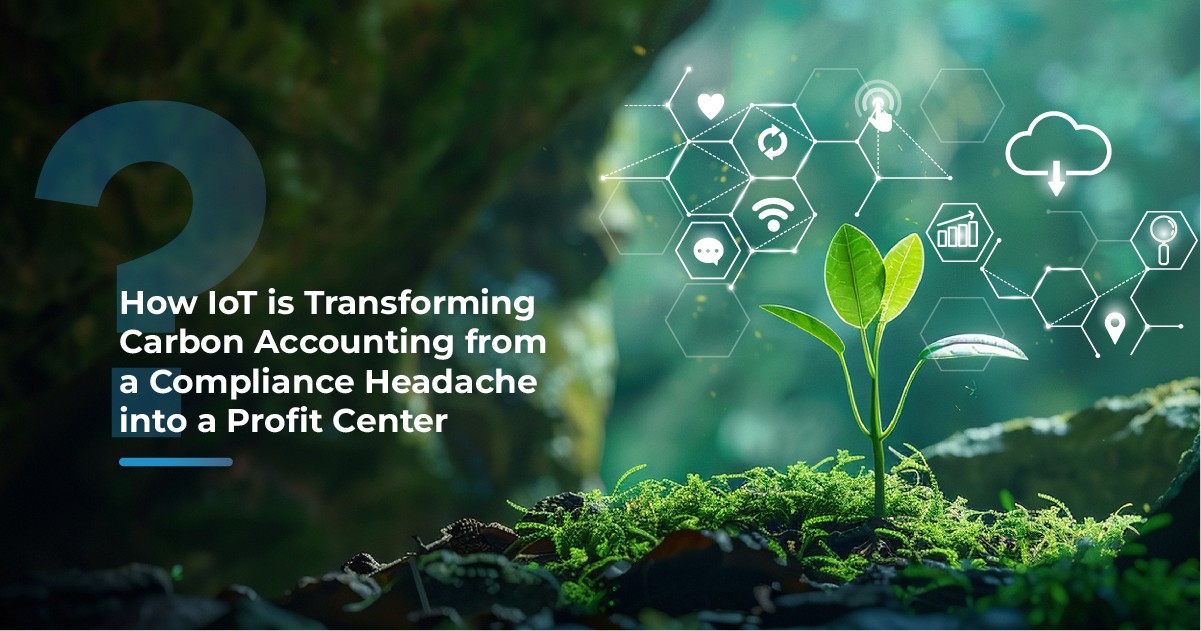As climate change continues to escalate, corporate transparency has a bigger role than ever. The CDP Carbon Disclosure Project is a global environmental disclosure, that allows organizations to report a world standard for climate data and to benchmark and track the progress of an organization. For those who work in sustainability, understanding the notion related to the CDP is essential.
What is the CDP Carbon Disclosure Project?

CDP is a non-profit organization that creates a system of environmental reporting. Since 2000, it has been the reference for reporting on the environment. The CDP allows investors and organizations to monitor, and assess the environment, to report it to all stakeholders.
A 2025 report listed over 23,000 organizations that provided disclosures about climate change, water security, and deforestation. The key objective of CDP is to reduce emissions and protect natural resources.
How CDP Works:
The CDP has an annual and structured process. Here is how the annual cycle of CDP looks:
Each year, the CDP sends detailed questionnaires to organizations inquiring about information on climate change, water use, and deforestation.
Organizations complete the questionnaire and report data on governance, strategy, risk management, emissions, targets, and supply chain engagement.
The CDP has an analysis process to score and review the disclosures and uses a transparent methodology with feedback and benchmarking data.
Reports are provided to investors and stakeholders and are publicly available as an assurance mechanism to encourage transparency and accountability.
Understanding the CDP Disclosure Cycle 2025
The CDP disclosure cycle 2025 aims to get rid of redundancy and optimize the reporting process for organizations in terms of usability and meaningfulness. The following is a summary of the functions happening this year, based on CDP's official 2025 Disclosure hub:
Key Dates for 2025
Week | Activity |
Week of March 31 | Questionnaire and guidance published (PDF, English) |
Week of April 28 | Scoring methodology published (PDF, English) |
Week of April 28 | Requesters can start to create and submit lists |
Week of June 9 | List submission deadline for Requesters |
Week of June 16 | The response window opens for organizations to submit disclosures |
Week of September 15 | Scoring deadline |
Week of November 17 | Final deadline for unscored responses and amendments |
What’s New in 2025?
Here is what the new 2025 guidelines which state:
Minimal Updates: The 2025 questionnaires and scoring guidance are all minor updates. This is for clarification and consistency to allow for stability for repeat disclosers.
Improved Guidance: Additional guidance and training for Account Managers and new translated documents in Chinese, Japanese, Portuguese, and Spanish.
Core Functionality Focus: Stability in the portal and minimizing diverse disclosure inputs
Who Participates?
The following groups of individuals are involved in this:
Corporations: Large companies and multinationals
SMEs: Small and medium-sized enterprises
Cities, States, Regions: Public sector entities
Each group has a group-specific questionnaire and guidance.
The Carbon Disclosure Project Report: What It Includes
A CDP report is a detailed report that assesses the environmental impact, risks, opportunities, and impact management of an organization. Generally, a CDP report contains:
Governance and Strategy:
This section outlines how the climate issues are dealt with at the highest level in the organization, including the board’s responsibilities for the governance of environmental issues. Also, how climate-related risks and opportunities are included in the organization’s strategic direction. This part of CDP showed leadership commitment and sustainability to the requirements for long-term planning.
Emissions Reporting:
Organizations will need to report their aggregate greenhouse gas emissions, which will include a report of emissions on a direct (Scope 1), indirect (Scope 2), and value chain (Scope 3) basis. This part of the report will also capture some information about emissions reduction targets and progress. Reporting on emissions in a transparent way allows the possibility to improve tracking and benchmarking to be done.
Climate Risks and Opportunities:
This section sets out all the climate change risks facing the organization, which can be classified as physical risks, transitional risks, or regulatory risks. In addition, it also identifies opportunities linked to operational efficiency, innovation, or cost savings as a result of climate change effects. In the end, this section of the report substantively demonstrated the adaptive capacity and resilience of the organization to a changing environment.
Water Security:
In this section, organizations report on their water use and consumption, their risks of water scarcity, their quality, and set out a governance plan. This section highlights the importance of sustainable water use as a throughput process and a process to control water-related risks. The role of water stewardship receives more mainstream emphasis which is particularly important for reputational and operational reliability purposes.
Deforestation:
This section addresses the impact of the organization’s activities on forests and considers the supply chain risks of deforestation. It covers the kind of mitigations and what an organization is doing to source its forest commodities sustainably. Protection of the forests is the key aspect of biodiversity and climate pledges.
Metrics & Targets:
Organizations provide details of their key performance indicators (KPIs) that are relevant to their environmental impact (i.e., emissions intensity, water efficiency). They also verify science-based targets and track the measures taken to monitor progress. Science and data-based transparency will let stakeholders assess the level of ambition and accountability.
Engagement:
In this section, organizations discuss how they interact with stakeholders (i.e. investors, customers, suppliers) on environmental issues, including collaboration initiatives, supply chain, and transparent communication. Effective engagement enhances trust and directed action regarding sustainability.
CDP Compliance: Meeting Disclosure Expectations
CDP compliance means fulfilling the requirements and expectations included within CDP’s questionnaires and its methodology for scoring. To achieve CDP compliance, organizations would typically follow the structured process outlined below:
Understand the Requirements:
Read through the recent CDP questionnaires, sector-specific guidance, and become familiar with CDP’s scoring methodology. This way, you will have a better understanding of how your disclosure meets current requirements and how to maximize your opportunity to receive a high score.
Data Collection:
Gather all relevant and trustworthy data on your emissions, water use, and deforestation impacts throughout your operations. Credible and transparent reporting requires reliable data..
Internal Alignment:
Ensure the appropriate level of engagement from across your organization’s functions to coordinate the collection of accurate sourcing data and more effectively govern the disclosure process.
Submission of Disclosure:
Submit the completed questionnaire during the response window of June 16 - September 15, 2025. Make sure that the information that you will submit is complete, well-evidenced, and transparent.
Improvement:
Use feedback from CDP scoring and benchmarking information to learn where your organization can improve. Use this information to direct actions that enhance your environmental strategies and disclosures in the future.
CDP and TCFD
The Taskforce on Climate-Related Financial Disclosures (TCFD) provides a global framework to report material environmental risks and opportunities. CDP’s questionnaires closely conform to TCFD recommendations and support companies in reaching these recommendations.
Key Areas of Alignment:
Governance: Oversight of climate risks by the board and management.
Strategy: Impact of the climatic risks on business strategy.
Risk Management: Process for the identification, assessment, and management of climate risks.
Metrics & Targets: Disclosure of the emissions and performance metrics.
Together, these areas support clear, consistent, and effective climate-related financial reporting.

Why does CDP Matter in 2025?
The value of CDP has never been higher. Here’s why:
Investor Growth: Sustainable investing has gone mainstream, and investors are using CDP data to understand climate risks and opportunities impacting capital distribution.
Regulatory Work: Regulatory bodies in jurisdictions around the world are mandating climate-related disclosures, citing CDP and TCFD processes.
Competitive Advantage: Open and transparent disclosures improve reputation and drive customer modernization to deepen the relationship.
Risk Management: Sustainable climate risk exposure is critical for the long-term survivability of the business.
Enabling Action: Based on data, CDP enables organizations to support the development of science-based targets, and they can track progress towards net zero.
In 2025, CDP will offer more than a reporting system, it will be a tool for sustainable growth and resilience.
Best Practices for CDP Reporting
You will want to keep a strategic focus to achieve a strong score and maximize the benefit from your CDP disclosure. Here are some of the best approaches to follow for effective reporting:
Get preparing as soon as the questionnaire and the guidance are made available.
Having support from management and the board will allow you to get appropriate resources and to leverage existing alignment.
Get your teams from sustainability, finance, operations, communications, etc., involved in a total assessment approach.
Integrate data management platforms to drive data and ease of reporting.
Know where you are strong and where you will need to improve, as transparency is better than perfection.
Ensure you´re addressing TCFD´s four pillars: governance, strategy, risk management, and metrics/targets.
You have feedback from your previous year's disclosures to get better and improve the process.
Take advantage of CDP´s guidance and training or accredited partners to get expert guidance.
In 2025, the CDP (Carbon Disclosure Project) will be an important resource for organizations that are committed to transparency about environmental issues. The expectations from both investors and regulators continue to rise, making a strong CDP report more important than ever before. Companies that establish themselves as leaders in disclosure today will be in a stronger position to implement strategic initiatives that could have material impacts and ultimately thrive in a low-carbon economy. Take the first step and introduce your organization to CDP.





